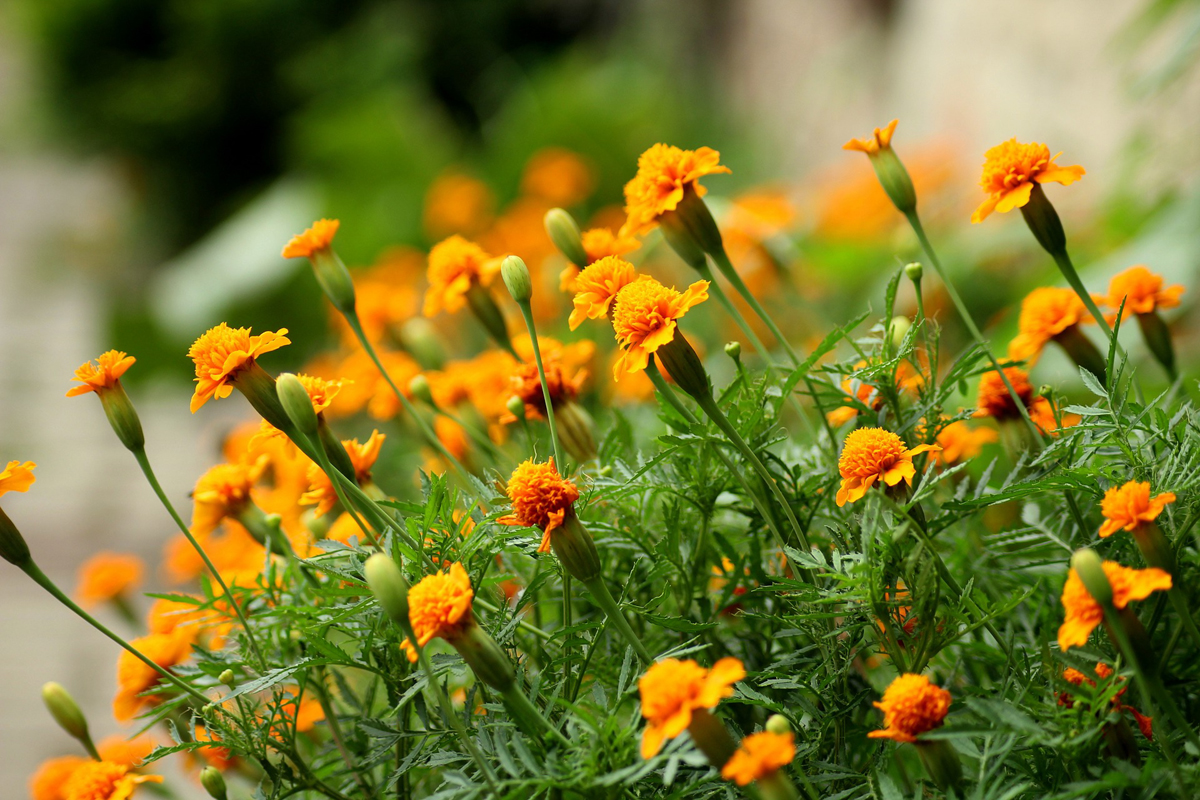What’s the truth about companion planting? Myth, rumour and ‘old wives’ tales’ abound. But a clue can be found in India and adjacent lands where Ayurvedic gardening goes back many thousands of years – and it’s based on companion planting.
The good news for those of us in the west who are dedicated to natural gardening is that it shows us a time-tested way to grow more food in our gardens, organically, without chemicals. In fact, we might call it eco-intensive gardening.
The idea is to grow a vast diversity of plants in the same place. Each plant helps the other and each repels insects and other pests that might home in on a single plant species. For example, beans and peas attract aphids so legumes are planted alongside red or purple kale, cabbage, rhubarb, broccoli or chard.
Why Companion Planting Works
Why? Because leguminous leaves are green and the other crops have leaves of a different colour – and texture. Some insects like soft leaves, some are happy to chew on fibrous foliage. So if you plant beans, peas, tomatoes and squash around brassica like cabbages and kale you’ll frustrate caterpillars that have soft mouths. And you’ll deter those beetles with tougher mouths that browse on more fibrous plants.
Another trick of Ayurvedic gardening – the ultimate companion planting model – is to set out tall plants that reach for the sun alongside low-growing plants. So you’d grow peppers, sweet corn (maize), aubergines and indeterminate tomatoes next to lettuce, leeks, onions and root crops.
What’s more, those plants would each make use of the soil at different levels.
Aromatic herbs would go everywhere – to warn off insect pests with keen noses – and especially around the side of the beds.
Plant Diversity Gives Natural Pest Control
You wouldn’t expect any single plant to have much impact on insect predators but if you sow a lot of plants – and a multiplicity of varieties – the result is formidable.
Nor do you need to rotate crops in the usual way, to avoid a build-up of pests and disease in the soil. Each time you take out one plant, you put back a plant of a different species. So you maintain the diversity. The only plants that stay in the same place for more than a few months are perennial aromatic herbs like thyme, rosemary and oregano. When you have a long season, as they do in Asia, you can safely raise two or three successive crops in one year in the same space.
It’s also a no dig gardening system as, provided you start with friable soil, the land doesn’t have to be intensively tilled or double dug. Manure or compost is laid on the soil to be pulled down by the worms. Plants are simply tugged out and replaced. As each plant species has a different root depth, the soil is mixed and ventilated when the plant is replaced.
A Simple Plan for The Organic Garden
The Ayurvedic model for intensive organic gardening is one we can easily copy in our own eco-gardens. The secret is to plan ahead and have a lot of transplants of different species ready to drop into any space as soon as we pull a plant out of it. What we would never do is to set out several plants of the same species together. Neat rows of plants of one species may be easier to weed but they’re fated to attract pests.
Of course, there’s nothing to stop us setting out annual flowers among our organic vegetables. A strongly aromatic flower will deter pests all by itself. The best candidate is French marigolds (Tagetes patula). Not only does its strong musky smell repel flying insects, its roots also deter nematodes and other root-crawlers. And its red-orange blossoms make a colourful contrast in a vegetable bed.
Fill your Ayurvedic organic garden with a wide variety of odour-rich flowers and edible plants and it will both feed your family and beautify your home!
The Author:
Dr John Yeoman PhD is founder of the information network for natural gardening ideas, the Gardening Guild.
